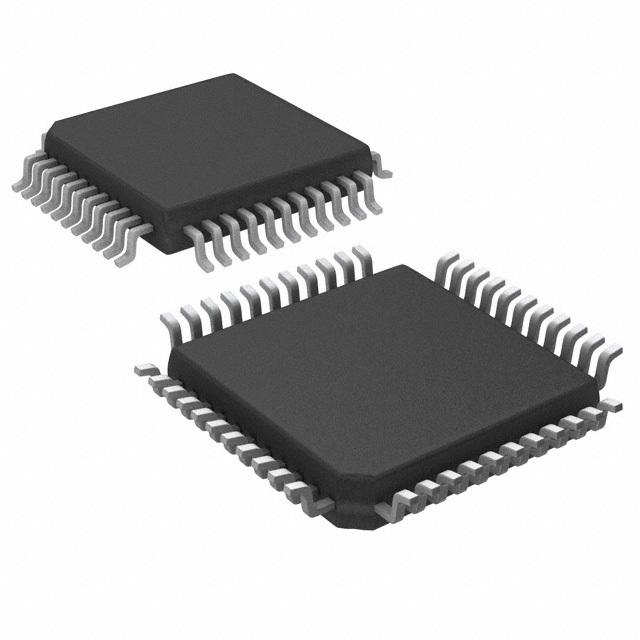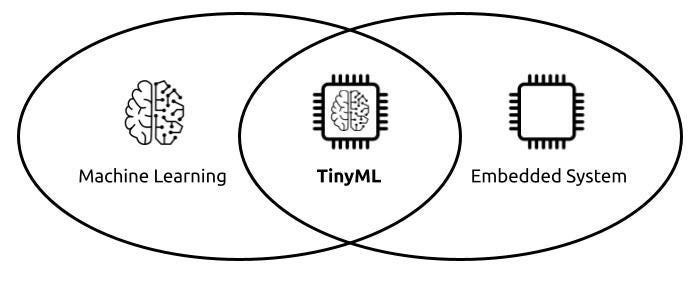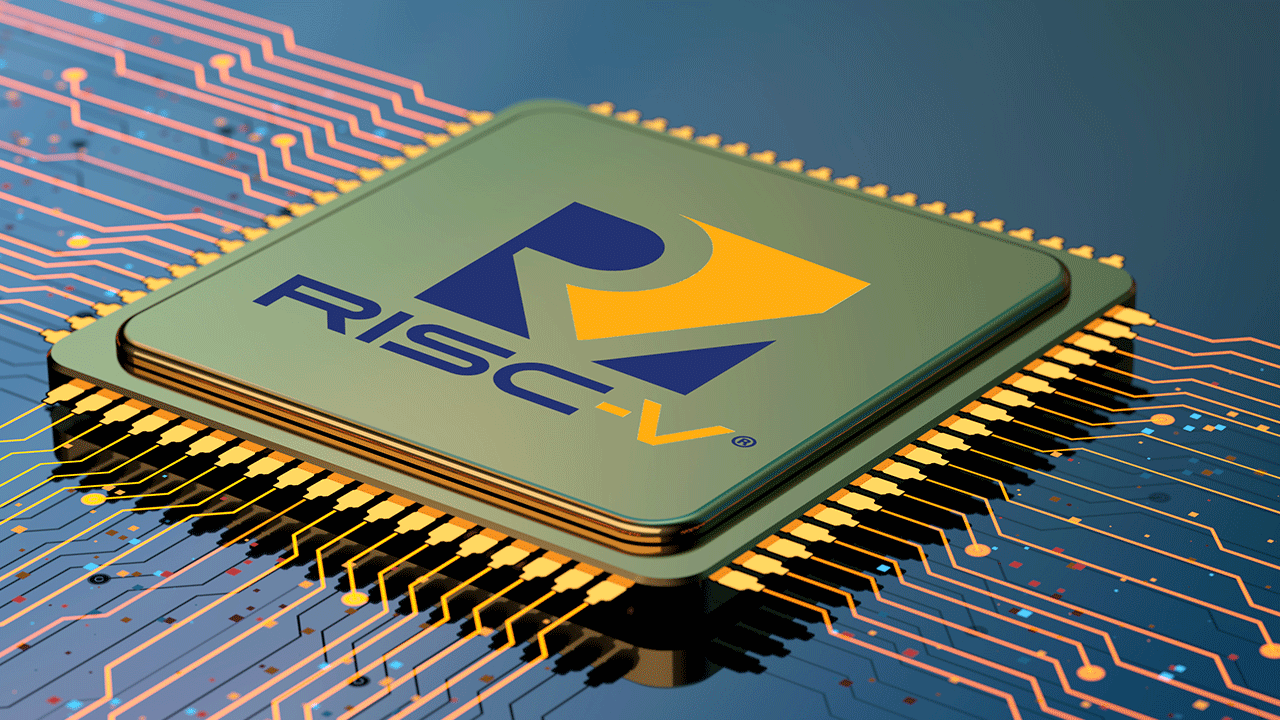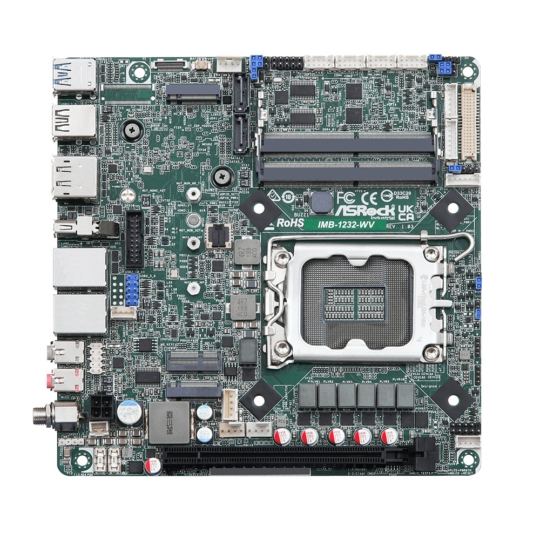
Embedded motherboards are core hardware platforms designed for embedded systems, widely used in industrial control, the Internet of Things, and medical devices. The following provides a detailed overview of embedded motherboards.
1. Core characteristics of embedded motherboards
Compact size: Typically small-form-factor designs (for example Mini-ITX, NUC, or System on Module), suitable for space-constrained environments.
Low power consumption: Optimized for long-term operation, with power consumption down to a few watts (for example ARM architectures), suitable for fanless designs.
High reliability: Support for wide operating temperature ranges (-40°C to 85°C), dust and shock resistance, and compliance with industrial standards such as MIL-STD-810G.
Customizability: Support for hardware interface trimming (for example GPIO, CAN bus) and software system customization (Linux, RTOS).
2. Typical application scenarios
Industrial automation: PLC control, robots, and production line monitoring (for example Advantech industrial motherboards).
Smart terminals: Self-service kiosks, digital signage, and POS terminals (common solutions based on Rockchip RK series).
IoT edge computing: Data acquisition and gateway devices (for example Raspberry Pi CM4 module).
Medical equipment: Portable monitors and imaging processors, which may require FDA or IEC 60601 certification.
3. Comparison of mainstream architectures
| Architecture | Representative chips | Advantages | Typical applications |
|---|---|---|---|
| ARM | NXP i.MX8, Rockchip RK3588 | Low power consumption, high integration | Mobile devices, edge computing |
| x86 | Intel Atom, AMD Ryzen V1000 | High performance, Windows compatibility | Machine vision, digital signage |
| RISC-V | Allwinner D1, T-Head XuanTie | Open and flexible, cost-controllable | Emerging IoT devices |
4. Key selection factors
Compute requirements:
Lightweight tasks (sensor data collection): Cortex-A7/A53 class processors (500 MHz–1.5 GHz).
AI inference or multimedia processing: require NPU, for example Rockchip RK3588 with around 6 TOPS.
Interface expansion:
Industrial scenarios typically need RS-485, CAN bus, and isolated DI/DO.
Multimedia requirements may require HDMI 2.0 and CSI camera interfaces.
Environmental suitability:
Wide input voltage (for example 9–36 V DC) and EMC anti-interference design.
High-humidity environments may require conformal coating.
Development support:
Completeness of the BSP package (Linux kernel version and driver support).
Whether the vendor provides an SDK or toolchain (for example NVIDIA Jetson CUDA toolchain).
5. Development considerations
Thermal design: For enclosed environments, calculate thermal design power (TDP) and prefer aluminum enclosures for passive cooling.
Power management: Use industrial-grade DC-DC modules with wide input voltage ranges.
Firmware security: Enable Secure Boot and use TPM 2.0 to prevent unauthorized firmware updates.
Long-term supply: Prefer models with lifecycle support of 10 years or more for critical applications.
Choosing an embedded motherboard should balance real-time requirements, reliability, and cost for the specific application, and include assessment of supply chain stability. For critical applications, consider designs that include watchdog timers and redundant power supplies.
 ALLPCB
ALLPCB







